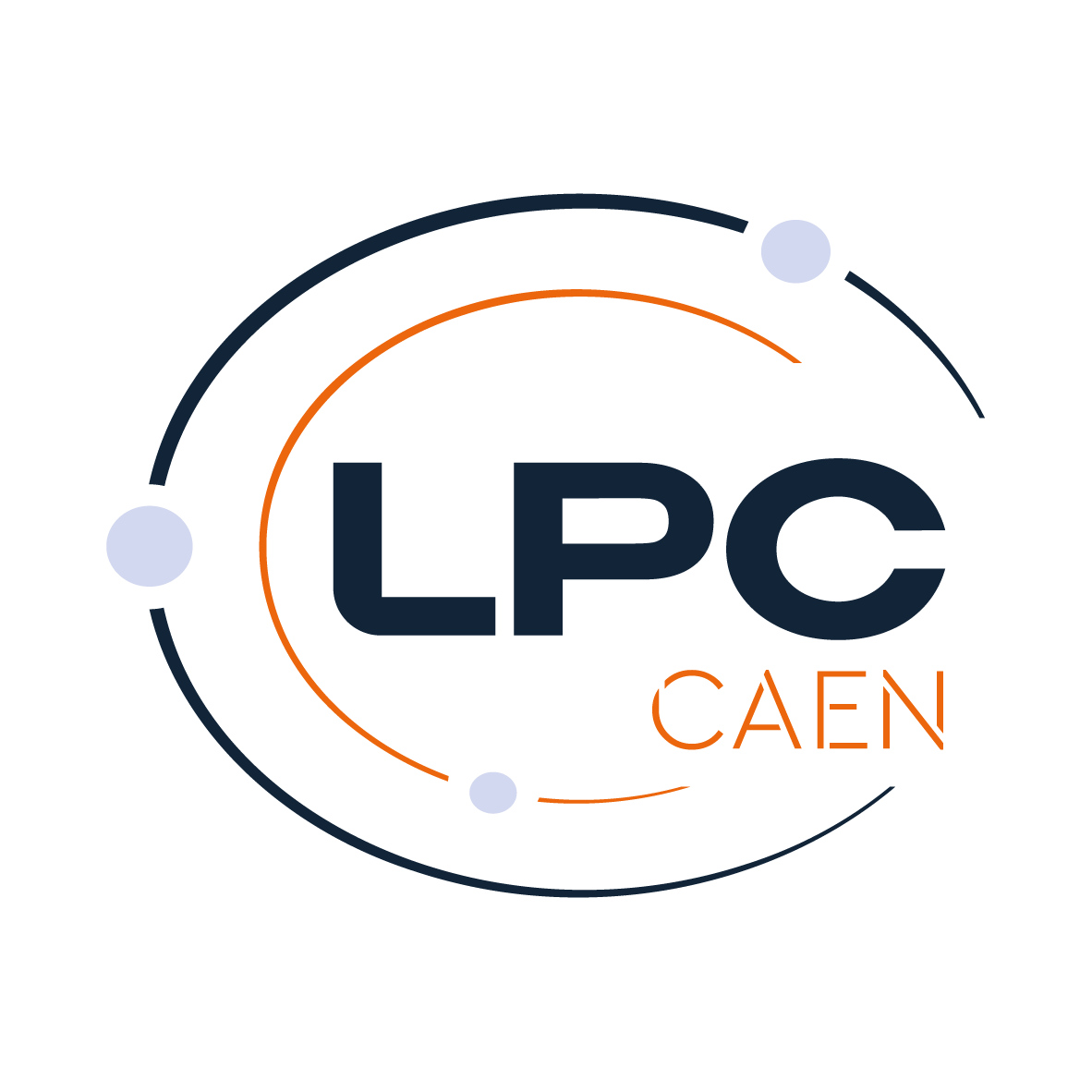Revealing the effect of X-ray or proton brain irradiation on systemic inflammation and leukocyte subpopulation interplay in rodents
Résumé
The absolute lymphocyte count (ALC), lymphocyte-to-monocyte ratio (LMR), and neutrophil-to-lymphocyte ratio (NLR) offer convenient means to assess systemic inflammation post-cancer treatment, which influences treatment outcomes. Understanding these biomarker variations and leukocyte subpopulation interplay is crucial for optimizing radiotherapy. Herein, leukocyte subpopulations (T-CD4+, T-CD8+, B-cells, NK-cells, neutrophils, monocytes) during and after brain irradiation (using X-rays or Protons) in tumor-free mice were used to compute ALC, LMR, and NLR, on which radiation parameter influence was assessed by principal component analysis (PCA). NLR kinetics were further examined using modeling. Leukocyte subpopulations interplays and their response to radiation parameters were examined using PCA and correlation analysis. Under X-rays, ALC and LMR decreased, with ALC recovered to baseline after irradiation, but not LMR. Both X-rays and protons increased the NLR during irradiation, recovering in protons but not X-rays. Both irradiation volume and dose rate had a pronounced effect on the NLR. Leukocyte subpopulation interplay was observed under X-rays and protons, normalizing in the proton group by day 28. Lymphopenia was observed in all lymphocyte subpopulations under X-ray irradiation but not protons. The recovery patterns varied among the subpopulations. Neutrophil counts increased during irradiation, with the recovery of protons, but not X-rays, by day 28. Interplays between NK-cells and myeloid subpopulations were evident under X-rays but not protons. Importantly, no interplay was detected between myeloid cells and T/B-cells, indicating that LMR and NLR variations were primarily due to independent responses to brain irradiation. A tumor-free experimental mouse model was used to study the effects of brain radiotherapy on systemic immunity. When administering fractionated irradiation with a total dose of 20 Gy using a vertical beam to either the whole brain or hemi-brain, proton irradiation had fewer adverse impacts on the immune system compared to X-rays in tumor-free rodents.
| Origine | Fichiers produits par l'(les) auteur(s) |
|---|
